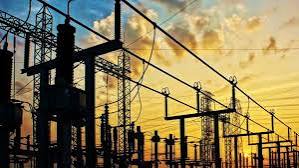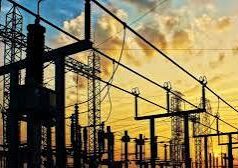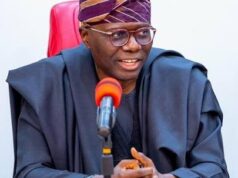
The Energy Commission of Nigeria (ECN) has recently highlighted a fascinating aspect of the nation’s energy landscape: roughly six percent of the electricity generated in Nigeria is exported to neighboring countries, including the Benin Republic. This export strategy isn’t just about economics; it’s deeply rooted in strategic planning as well.
Mustafa Abdullahi, the Director-General of the ECN, shared during a lively interview with Channels Television that a significant portion of these exports comes from hydroelectric power, primarily generated in regions close to the borders — specifically the southwest and the riverine south-south areas. Interestingly, this setup is partly a diplomatic measure to mitigate potential disputes over water resources, highlighting how energy policy is interconnected with regional relations.
Abdullahi recalled a tense moment when the Benin Republic contemplated building a dam near a Nigerian one. “Negotiations were crucial,” he explained, noting that placing two dams too close could lead to significant disturbances, leaving both nations worse off. Thus, the exports are not merely a transaction; they reflect a thoughtful and strategic approach to resource sharing.
Currently, Nigeria’s energy mix is heavily reliant on gas, which constitutes 86 percent, with hydro at 12 percent, and minimal contributions from renewables. Abdullahi emphasized the Commission’s commitment to boosting solar power adoption, viewing it as a key strategy to enhance access to electricity, especially given that around 85 million of Nigeria’s estimated 230 to 240 million citizens still operate without electricity. Although national generation capacity has improved from 4,000 megawatts to around 6,000 megawatts since 2023, it still falls dramatically short of the 35,000 megawatts needed for comprehensive coverage.
Discussing the implications of the 2023 Electricity Act on state-level electricity markets, he acknowledged that progress has been modest due to existing capacity constraints. The ECN is actively involved in aiding states to formulate policies, attract investments, and kickstart small-scale generation—initially targeting five megawatts before expanding.
Abdullahi also touched upon the tariff system, known as Band A and Band B, outlining an eventual phase-out as renewable energy capacities increase and local manufacturing of solar panels and batteries helps drive down costs. “Electricity is not inexpensive anywhere on the globe,” he said candidly. “The time for Nigerians to enjoy subsidized holidays in electricity consumption is over. It’s time to pay for what we use, hence the need for a classification system.”
Looking ahead, he assures that the aim will be to dismantle this classification as renewable energy sources proliferate. The vision is not only to bolster the national grid but also to decentralize energy generation, promoting local consumption and production of solar systems and components—essentially making energy more affordable for all.
On the topic of electric vehicles, Abdullahi proudly stated that the Commission has transitioned from procuring petrol-powered cars to advocating for electric vehicles. Charging facilities are now readily available at their offices, underscoring their commitment to this green shift.
He noted, “For the first time in history, every state in Nigeria has been designated as a free trade zone. We are utilizing these zones to establish factories for EV production and energy component manufacturing.” Abdullahi’s determination to set an example is evident as he mentioned the ECN has recently procured electric cars exclusively. “We’re leading by example,” he asserted, adding with a smile that for EV owners, charging their vehicles is now as easy as walking to their office.
In conclusion, Nigeria’s power export strategy and evolving energy policies can serve as exemplary models of how strategic resource management can foster regional cooperation and contribute to a sustainable energy future. With a clear focus on renewables and electric mobility, the nation is paving a transformative path toward energy resilience.











